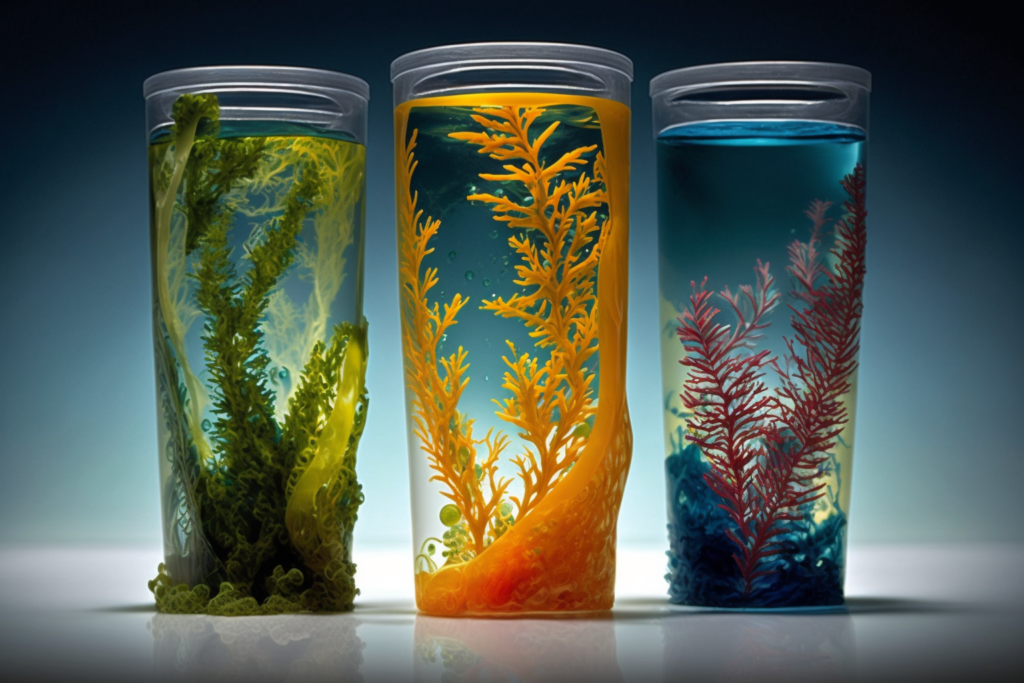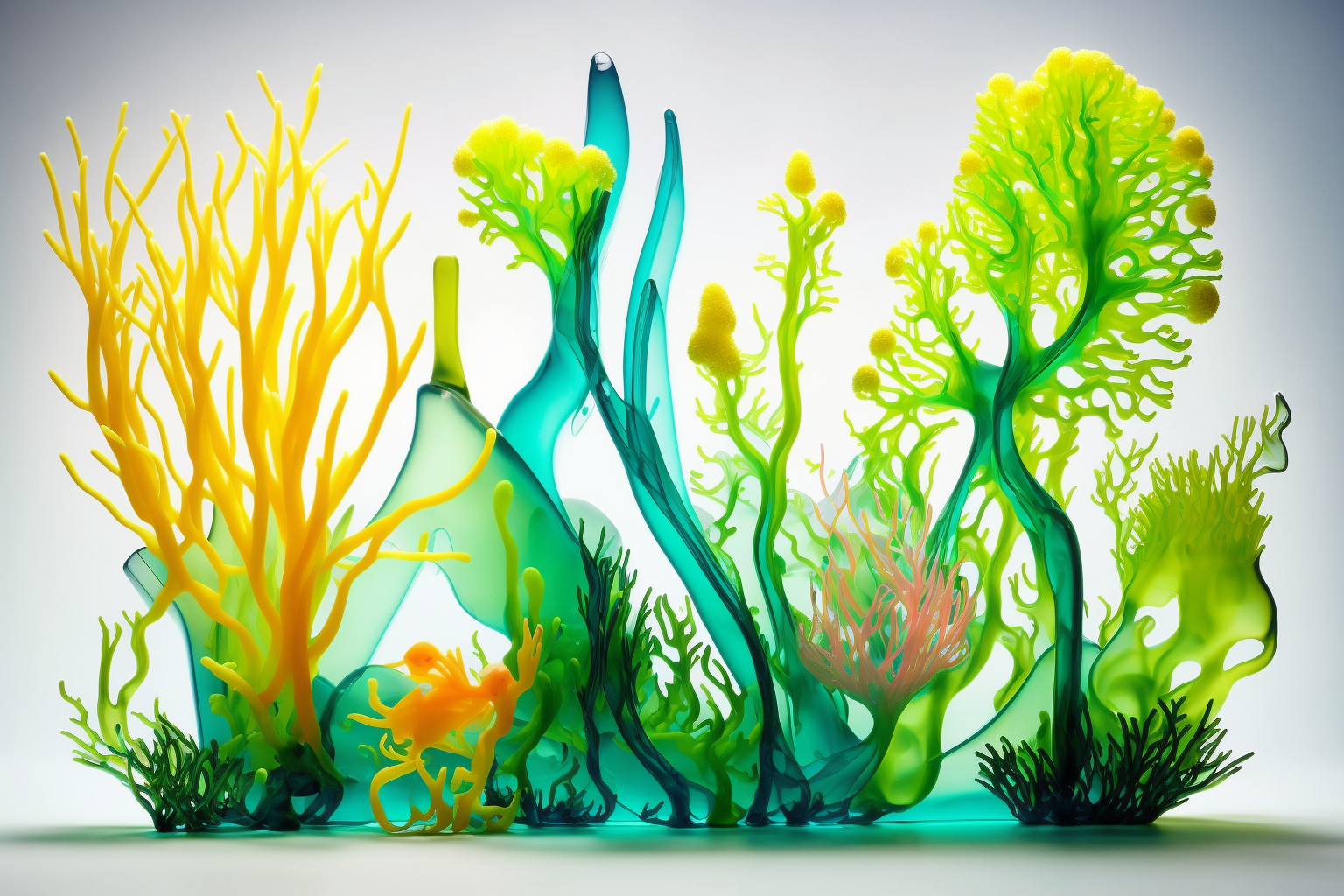Plastic production has become an essential part of our daily lives, from packaging to medical devices, but the negative impact of plastic pollution is undeniable. Plastic waste is not only unsightly, but it also poses a threat to wildlife, the environment, and our own health. In response, scientists and entrepreneurs are exploring alternative materials, and seaweed is emerging as a potential solution.

Seaweed is a fast-growing and sustainable crop that can be harvested and processed into biopolymers, which are biodegradable plastics with similar properties to conventional plastics. Unlike petrochemical-based plastics, biopolymers are made from renewable resources and are biodegradable, reducing the amount of plastic waste that ends up in landfills and oceans.
Seaweed farming is a relatively new industry, but it is growing rapidly. Seaweed can be farmed in a variety of ways, from floating lines in the ocean to off-shore platforms, and it can be harvested all year round, making it a consistent and reliable source of raw material for biopolymer production. In addition, seaweed is a low-maintenance crop that does not require fertilizer, pesticides or freshwater, making it a more environmentally friendly option than traditional crops.
One of the most promising types of seaweed for biopolymer production is a type of red algae called dulse. Dulse is high in iodine and has a rich, savory flavor, making it a popular ingredient in food and cosmetics. However, it is also a good source of alginate, a type of biopolymer that can be processed into various products, including film, fibers, and foams.
Another type of seaweed with the potential for biopolymer production is kelp. Kelp is a large and fast-growing type of seaweed that can reach up to 60 meters in length. It is high in mannitol, a type of sugar that can be fermented into lactic acid, which can be used to produce biodegradable plastics.
While the potential of seaweed and biopolymers is exciting, there are still challenges to overcome. The cost of biopolymers is currently higher than traditional plastics, making them less attractive to manufacturers. In addition, the infrastructure for seaweed farming and biopolymer production is still in its early stages, and investment is needed to develop the industry further.
In conclusion, seaweed farming and biopolymers offer a promising solution to the plastic pollution crisis. With further investment and development, this industry has the potential to provide a sustainable source of plastic that is better for the environment and our health. By reducing our reliance on petrochemical-based plastics, we can help to protect our oceans, wildlife, and the planet for future generations.

